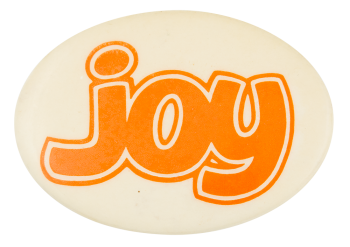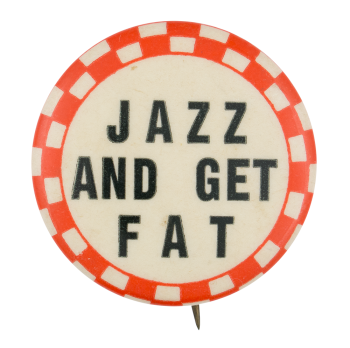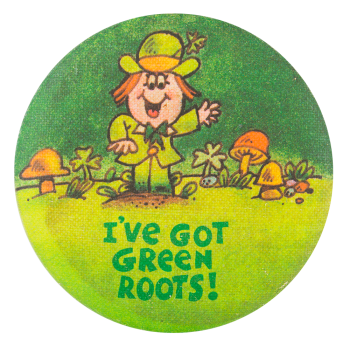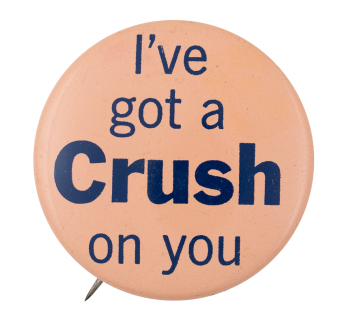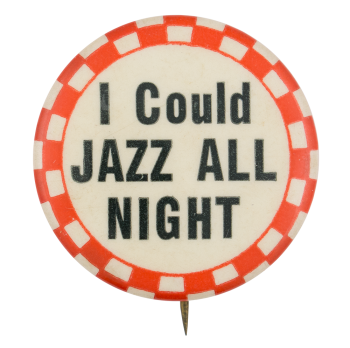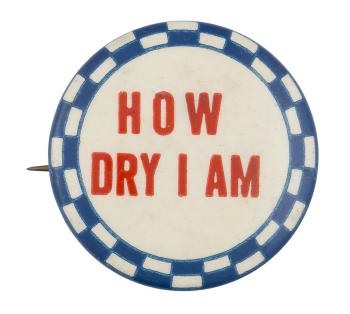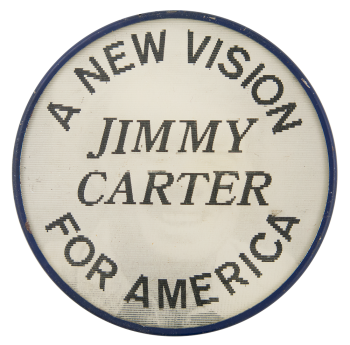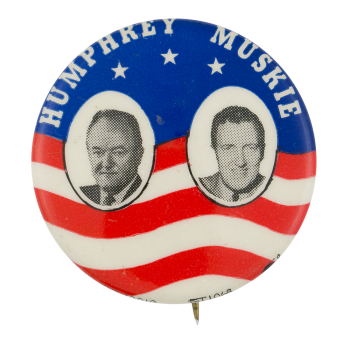Birnkrant, M. (n.d.). Small things: Remembering Johnson Smith & Company [blog post]. Mel Birnkrant.com. https://melbirnkrant.com/recollections/page49.html
Cambridge University. (n.d.). Can’t take something. In Cambridge English Dictionary. Retrieved July 29, 2025, from https://dictionary.cambridge.org/dictionary/english/can-t-take
Johnson Smith & Co. (1929). Johnson Smith &. Co, Catalogue. Internet Archive. https://archive.org/details/1929johnsonsmith0000tony/page/308/mode/2up
Johnson Smith & Co. (1938). Johnson Smith & Company Catalog No. 148. Internet Archive. https://archive.org/details/johnson-smith-company-catalog-no.-148-1938
Johnson Smith Co. (2017). About Our Company. Johnson Smith Company. https://web.archive.org/web/20170929033510/http://www.johnsonsmith.com/aboutus/
Ted Hake. (n.d.). Johnson Smith famous novelty supply house 1930s funny saying button with rebus [auction listing]. TedHake.com. https://www.tedhake.com/JOHNSON_SMITH_FAMOUS_NOVELTY_SUPPLY_HOUSE_1930s_FUNNY_SAYING_BUTTON_WITH_REBUS_-ITEM804.aspx
Ted Hake Vintage Buttons & More. (2019a). Johnson Smith famous novelty supply house 1930s suggestive slogan button [Make it hot for me] [eBay listing]. eBay. https://www.ebay.com/itm/141168405871
Ted Hake Vintage Buttons & More. (2019b). Johnson Smith famous novelty supply house 1930s suggestive slogan button [I’m a red hot mama] [eBay listing]. eBay. https://www.ebay.com/itm/141168405896

